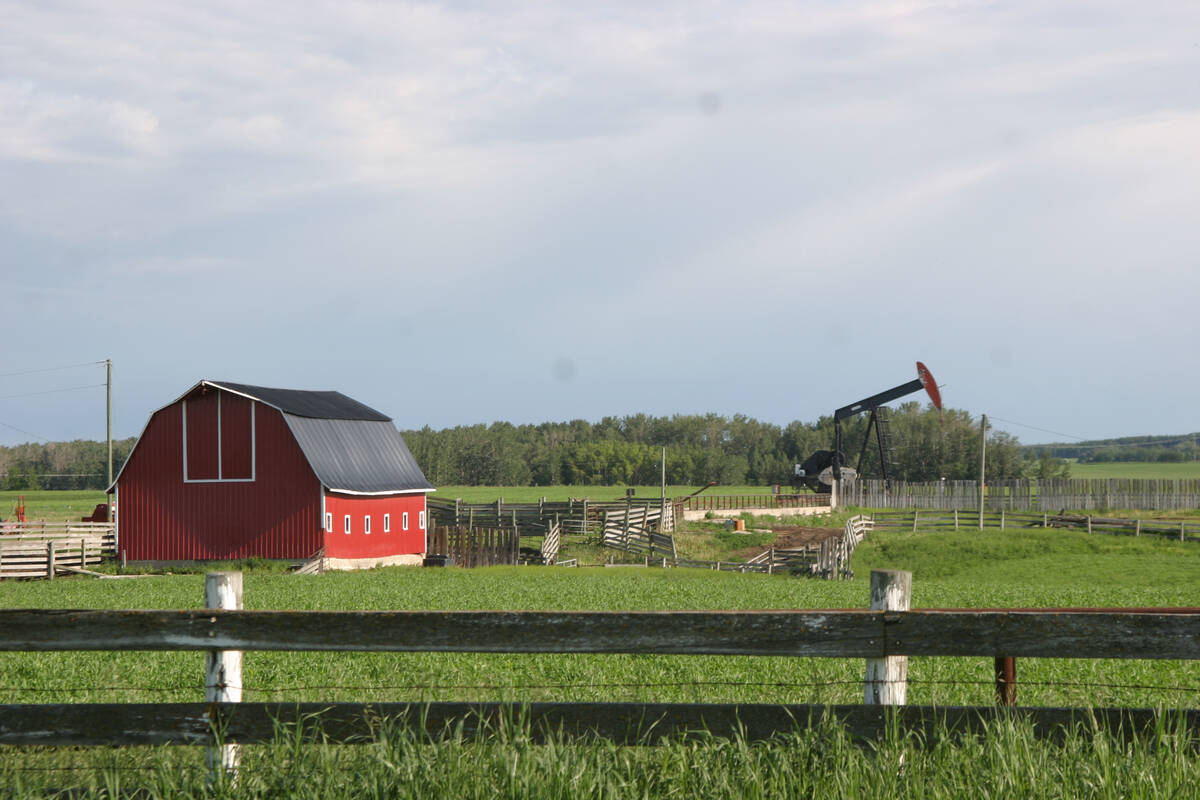The public has until Nov. 30 to respond to four options that vary from the status quo to scrapping the process
The federal government is reviewing Canada’s crop variety-registration (VR) system as part of its objective to “streamline” the system.
Citizens can learn how the current system works and consider four alternatives in an “issues and policy” paper prepared by Agriculture and Agri-Food Canada (AAFC), the Canadian Food Inspection Agency (CFIA) and the Canadian Grain Commission.
The paper is available on the AAFC website.
Reaction to the proposals can be submitted online before Nov. 30.
Options range from allowing the flexibility “inherent” in the current, but recently revised system, to emerge, to scrapping variety registration.The four options are meant to compliment the review the crop variety recommending committees started earlier this year after Agriculture Minister Gerry Ritz requested they streamline their operating procedures.
Read Also

Recommendations in the mature assets strategy could cause potential problems for landholders
The Western Stock Growers’ Association urges producers to pay attention to the potential changes to Alberta’s Mature Assets Strategy.
The discussion paper says now is a good time for a review because the government sees innovation, competitiveness and increased market access as key to Canadian agriculture.
“The role of the federal government is also changing,” the paper says. “Under Growing Forward 2, AAFC-led research, development and transfer activities will be increasingly focused on… (developing) germplasm… while providing programming to enable greater industry leadership to drive research priorities, including variety development and finishing.”
The variety-registration system, especially for wheat, is seen by some as key to Canada’s quality assurance.
“The system focuses on delivering the end-use qualities demanded by domestic and international grain buyers,” the paper says. “The GQAS (Grain Quality Assurance System) also provides the ability to segregate grain according to class, type and grade, thus enabling end-users to purchase shipments of grain with predictable processing qualities. In addition, it is important to understand that a key strength of the GQAS is not only to facilitate trade, but also help to ensure that regulatory grain safety and cleanliness requirements are met.”
‘Subjective’
But the paper also notes that some see the current system as “subjective” resulting in uncertainty and an impediment to innovation.
“Still other stakeholders have indicated that the current VR system could use some ‘tweaks’ to increase its speed and the number of new varieties recommended for registration, but, in general, the current system is flexible, functions appropriately and Canada should not ‘throw the baby out with the bathwater.’”
The current registration system applies to most crops, with the following exceptions: corn, food-grade soybeans, chickpeas, fruits, vegetables, ornamental plants and turfgrasses.
The current system was revised in 2009, allowing the industry to determine how much federal government oversight is best for a particular crop.
Crops covered under Part 1, which is where western Canadian wheat falls, require up to three years of merit testing and then the recommendation of an expert committee before being registered.
Part II crops are tested but their merit is not assessed.
Part III crops supply registration information to the CFIA’s Variety Registration Office for review and validation. There’s no recommending committee and no merit testing or pre-registration performance trials.
Four options
The discussion paper lays out four options.
Option 1: The status quo, but the paper notes significant changes to the system were made in 2009 and “it could be argued that the current system has not yet been in place long enough to demonstrate all of its inherent flexibility.”
Option 2: Streamline the process by requiring all crops meet minimum registration requirements with the option for some crops to have merit assessment through an independent assessment process.
Option 3: Streamline the process by maintaining a minimum level of federal government oversight similar to the current Part III and eliminate any merit assessment or performance data.
Option 4: Withdraw federal government oversight, allowing the industry or third parties to fill the role.














